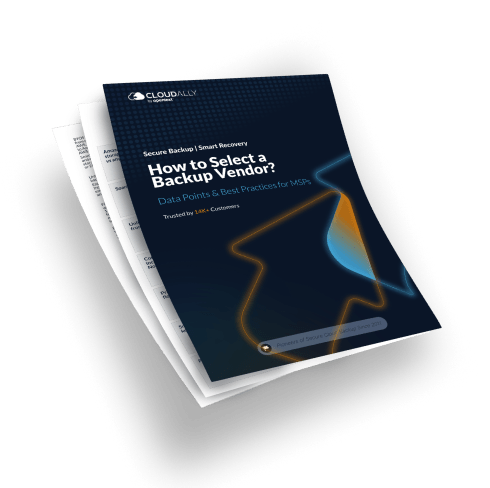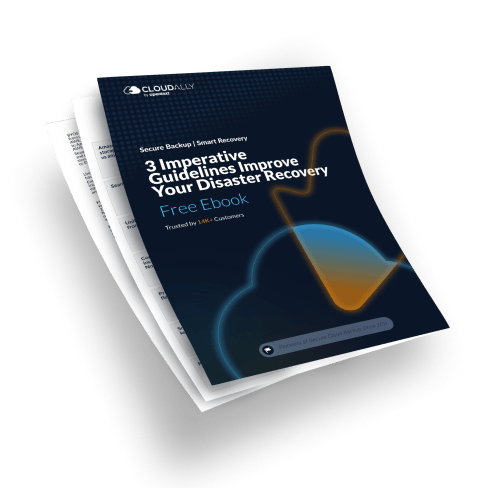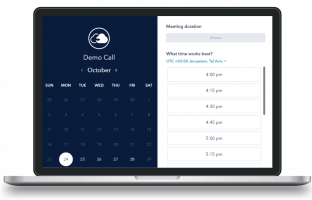Audit logs are vital tools in the realm of information security, offering detailed records of all system and user activities. Effective audit log reporting is crucial for detecting anomalies, supporting compliance efforts, and enhancing overall security. Implementing best practices for audit log reporting can help organizations safeguard sensitive data and maintain integrity across their IT environments.
What is Audit Log Reporting?
Audit log reporting involves the collection, analysis, and management of digital records that chronicle sequential events and changes within an organization’s IT infrastructure. These logs are critical for forensic analysis, compliance audits, and operational monitoring, providing a clear trail of all user and system activities.
Benefits of Effective Audit Log Reporting
- Enhanced Security and Threat Detection: Quick identification of suspicious activities and potential breaches.
- Compliance and Forensic Analysis: Assists in meeting regulatory requirements with detailed evidence of actions and events.
- Operational Transparency: Offers insights into system performance and user behaviors, facilitating operational improvements.
Best Practices for Audit Log Reporting
1. Comprehensive Logging
Ensure that logging covers all vital components of your IT environment, including network devices, servers, and applications. Each entry should include user IDs, timestamps, event types, and outcome details.
2. Secure Log Management
Protect audit logs from unauthorized access and tampering. Use encryption for log data both in transit and at rest, and employ strict access controls.
3. Regular Monitoring and Analysis
Automate the monitoring of audit logs to detect anomalies as they occur. Employ advanced analytical tools to sift through large volumes of log data efficiently.
4. Integration with Incident Response
Connect audit log processes with your incident response plan. Ensure that you can quickly mobilize resources based on insights gained from log data.
5. Retention and Archiving
Define a clear log retention policy that aligns with legal and regulatory requirements. Securely archive logs for a specified duration to support future inquiries and audits.
6. Regular Audits and Improvements
Regularly review your audit log practices and frameworks to identify and implement improvements. Stay updated with the latest security trends and technologies to enhance log management.
Conclusion
Audit log reporting is not just a regulatory requirement; it’s a crucial element of a proactive security posture. By following these best practices, organizations can significantly enhance their ability to detect, respond to, and prevent security incidents. CloudAlly’s SaaS data protection platform enhances this critical process with its transparent monitoring and logging features. It includes a filterable audit and activity log that provides a detailed drill-down view of all exports, restores, and backups. This functionality ensures that your organization can maintain robust security and compliance with ease. Explore how CloudAlly can help strengthen your organization’s approach to secure and compliant audit log management.










